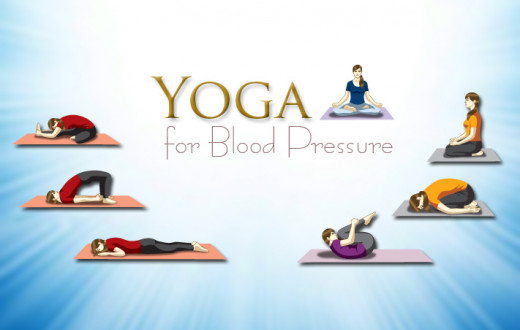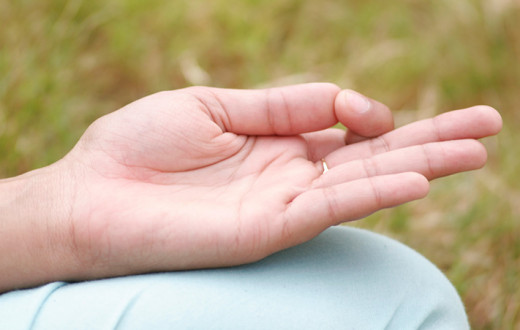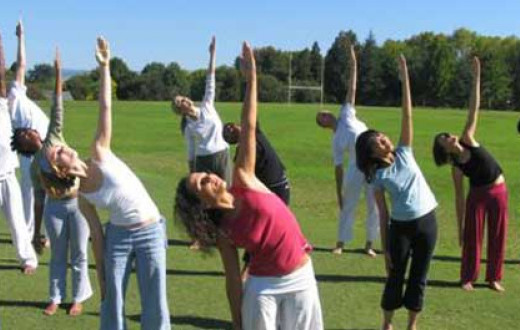Plank exercises usually fall under the beginner’s yoga pose and have multiple benefits. For beginners, the yoga plank pose and its variations are strongly recommended to help build stamina and core body strength for practicing the advanced yoga poses. Plank pose forms an essential part of Surya Namaskar (sun salutations) too.
Initially, it may be difficult to hold the plank poses, but with practice it can do wonders in helping you build bodily as well as mental strength. The basic plank exercise, along with its variations, is a good workout for your spine too. Its regular practice, by holding the breath for few seconds to minutes, also helps tone the nervous system.
Basic plank pose (Dandasana)
Dandasana is the basic plank posture. The name comes from the Sanskrit word danda which means “stick” or “staff” and asana which means “posture” or “seat.” It is also called as Kumbhakasana (koom-bahk-ash-uh-nuh). The word kumbhak means breath retention and asana means pose.
Benefits of Dandasana
- Tones all the core muscles, including the abdomen, chest, and lower back
- Strengthens the arms, wrist, and shoulders
- Prepares the body for more challenging arm yoga poses.
- Strengthens spine muscles, lengthens it
- Improves posture
 How to do Dandasana?
How to do Dandasana?
- Lie down on your stomach
- Bring your hands towards your shoulders, keeping your palms on the ground
- Now, as you breathe in, push up your body forming a straight line. The arms are perpendicular to the ground and shoulders are right over your wrists, while the body is parallel to the floor
- Hold the pose and continue breathing
- As you exhale, come back to a sitting position and relax
Contraindications:
Plank pose should not be practiced if one is suffering from injury in the arms or wrists, legs, including the upper leg at the thighs. Anyone suffering from low or high blood pressure should avoid this pose as a lot of pressure is felt at the chest while balancing in the pose.
Types of plank exercises
You can do the plank pose sequence, which means doing the basic plank pose and then getting into its variations. This will give your body muscles a nice warm-up for other yoga poses. (And its benefits will make you fall in love with yoga.)
Upwards Plank Pose (Poorvottanasana)
Poorvottanasana refers to the flow of pranic subtle energies in the eastern frontal side. Poorva means east, uttana means maximum stretch and asana means pose.
Side Plank Pose (Vasisthasana)
Vasistha is the name of one of the most revered saints who was also one of the Saptarishis or Seven Seers. Vasistha means wealthy and asana means pose.
Dolphin Plank Pose (Makara Adho Mukha Svanasana)
Makara Adho Mukha Svanasana is an intermediate level rejuvenating yoga posture that helps tones the abdominal muscles. It is a variation of the Dolphin Pose.
Yoga makes the body flexible and also adds strength to it. It also calms the mind and uplifts the mood. Practicing these simple exercises and yoga poses can help strengthen your arms and hands and prepare you to practice advanced yoga poses.
Yoga practice helps develop the body and mind bringing a lot of health benefits yet is not a substitute for medicine. It is important to learn and practice yoga postures under the supervision of a trained Sri Sri Yoga teacher. In case of any medical condition, practice yoga postures after consulting a doctor and a Sri Sri Yoga teacher. Find a Sri Sri Yoga course at an Art of Living Center near you. Do you need information on courses or share feedback? Write to us at info@srisriyoga.in















